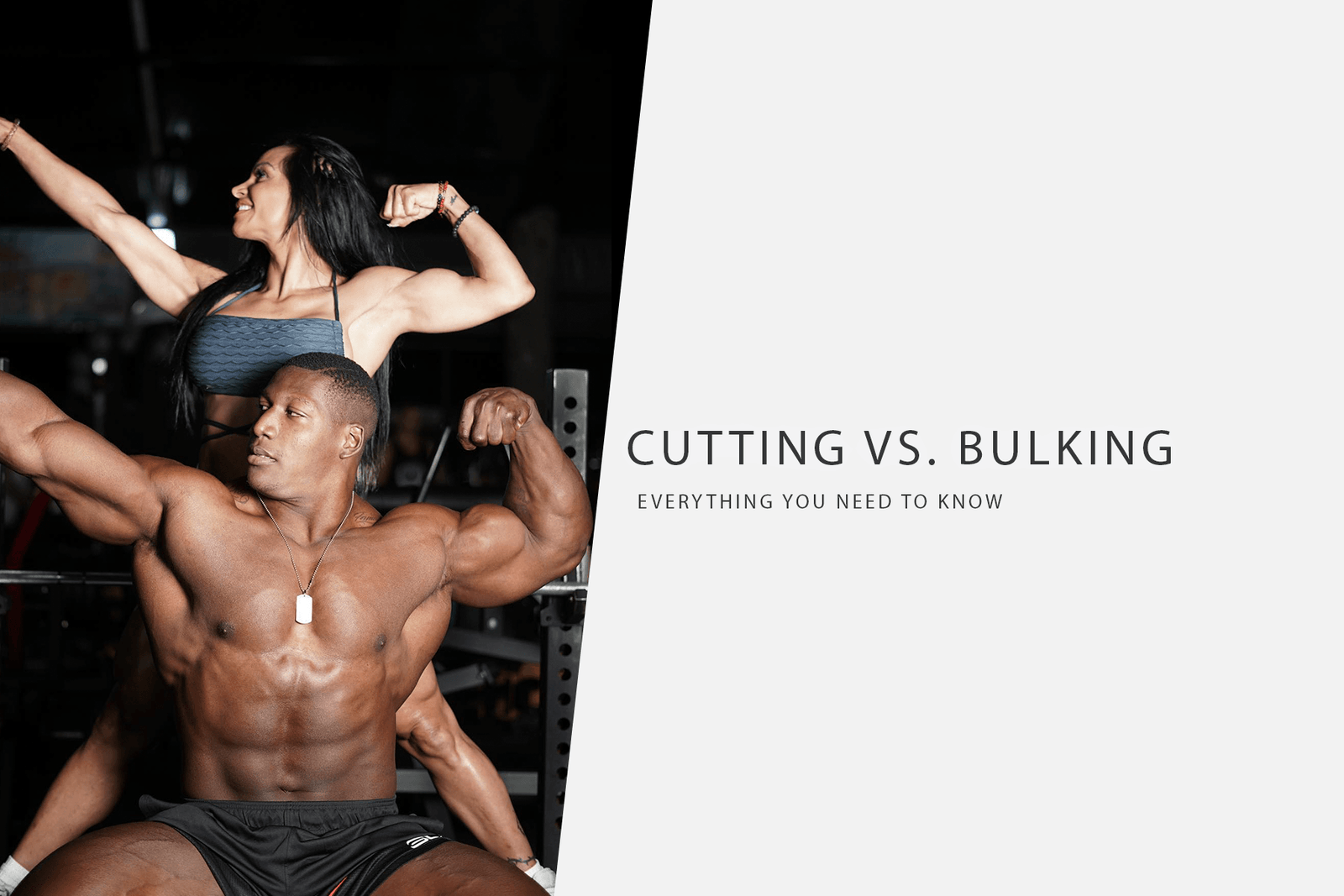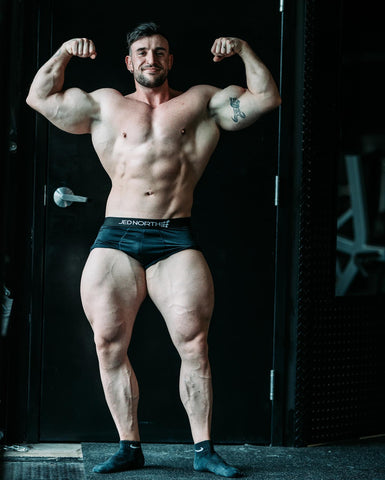Cutting vs. Bulking

You’ve probably come across the terms Bulking and Cutting at some point in your fitness journey. These terms refer to bodyweight and carry high significance in competitions and for performance and endurance.
Playing around with body composition may be helpful if you're interested in switching up your competitive advantages, or simply want to explore if the strategy helps your overall performance, regardless of the sport or activity.
While Bulking and Cutting are usually terms associated with Bodybuilding, these techniques can be utilized by anyone who goes to the gym regularly.
What is Bulking?
Bulking means that your goal is to gain weight by increasing muscle mass. During this stage, you are eating more than you’re burning in a day, creating a caloric surplus. In the simplest terms, you are growing.
How to Bulk?
Add about 300–500 calories per day above your needs to provide a calorie surplus, while also emphasizing resistance training to maximize muscle gain. Another part of bulking is to make sure protein intake is adequate to support muscle building. That means aiming for about 1.6–2.2 grams of protein for each kilo of body weight. Be sure not to add too many calories at once, when attempting to bulk as this can result in an excessive increase in body fat. Calories provide the energy and recovery needed as you boost strain on your muscles from resistance training. If you don't have enough calories for the job, you risk breaking down fat and muscle during training instead.
Bulking Foods:
Oily Fish, Wholegrains, Healthy Fats, Starchy Veggies, Lean protein meats as well as nuts and seeds are high in saturated fats and make for an ideal choice.
What is Cutting?
Cutting is the opposite. Your goal is to lose weight so you are burning more calories in a day than you are taking in, creating a caloric deficit. In the simplest terms, you are leaning.
How to Cut?
Decrease calorie intake to 300–500 calories less than daily calorie burn. To maintain muscle mass during the cutting phase, it's advised to keep protein on the higher range and spread protein intake throughout the day, including snacks with protein. Like bulking, cutting should be gradual, with a goal of 0.2–1kg lost per week. Cutting tends to be most effective with increases in cardiovascular exercise, rather than strength training. You may also tend to reduce calories too low and start feeling tired, hungry or have trouble concentrating. This makes cutting tricky and it can take some time to figure out what food do the job without compromising on energy.
Cutting Foods:
Seasonal Produce, Salmon, Green Tea, Kidney Beans, Kelp, Grapefruit and Lentils are a good place to start.
Remember to always listen to your body’s needs and if you are new to cutting and bulking, be sure to discuss your goals with an experienced athlete or a dietician. This step will ensure that you achieve your goals without compromising your health.






Leave a comment